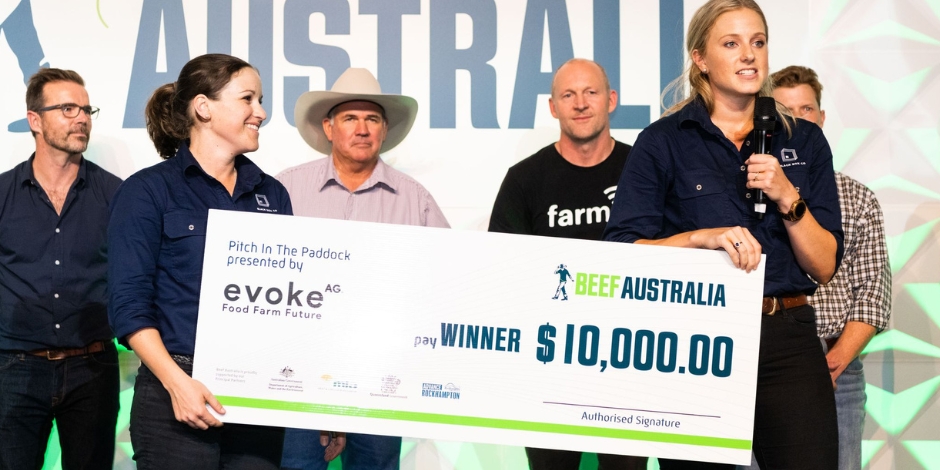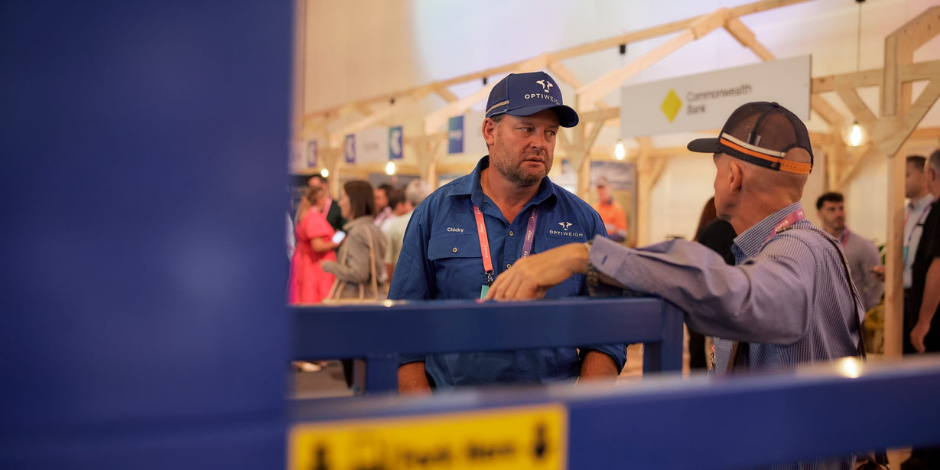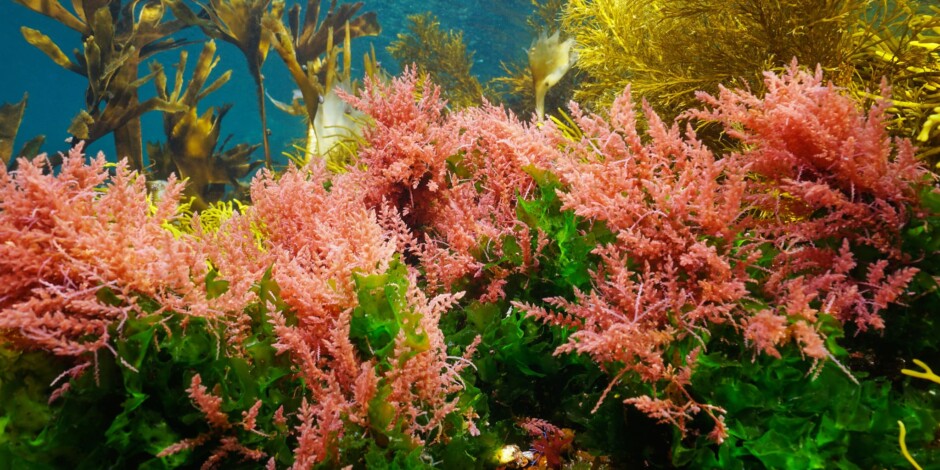
MALDIID
In many industries micro-organisms are either causing issues (disease, spoilage) or are useful to increase production (nitrogen fixation, phosphate solubilisation, probiotic). MALDI-ID is specialised in micro-organism identification ranging from bacteria and yeast to fungi and insects. We apply MALDI-TOF mass spectrometry to obtain a protein profile of the un-known organism and compare it with our extensive reference databases to provide accurate identification.
We have specialised modules:
- Overuse of fertiliser in agricultural is costing billions and pollutes our environment. RHIZO-ID focuses on identifying rhizobia in legume root nodules, which are crucial in increasing natural legume fertiliser production. Legumes are an important component of the agricultural industry both as crop and as fertiliser producer for subsequent grain crops including wheat and barley but also as pasture component for balanced animal feed. However, the success of this fertiliser production depends on the type of rhizobia (soil bacteria) in the legume root nodules. Understanding when and how much rhizobia inoculant needs to be applied can be a major cost saving and yield increase for the growers. The RHIZO-ID test identifies the type of rhizobia in the legume root nodules and provides additional knowledge to the growers on the need for inoculation and hence performance of the legumes.
- In intense aquaculture time is crucial to identify diseases as it can cause severe outbreaks if not caught early on and can lead to death of large populations. Treatment with antibiotics is expensive and not preferred as it reduces the value and time to market the animals. BACTO-ID focuses on identification of a large range of bacteria in the aquaculture environment including water, feed and animal samples. With our specialised database of marine bacteria, we can establish effective monitoring systems and prevent outbreaks, reducing production cost and increase profit margins.
- INSECT-ID focuses currently on mosquito, aphid, sandfly and tick. We can identify the species using eggs, larvae and adults and are keen to expand to other important insects for agriculture and biosecurity.



